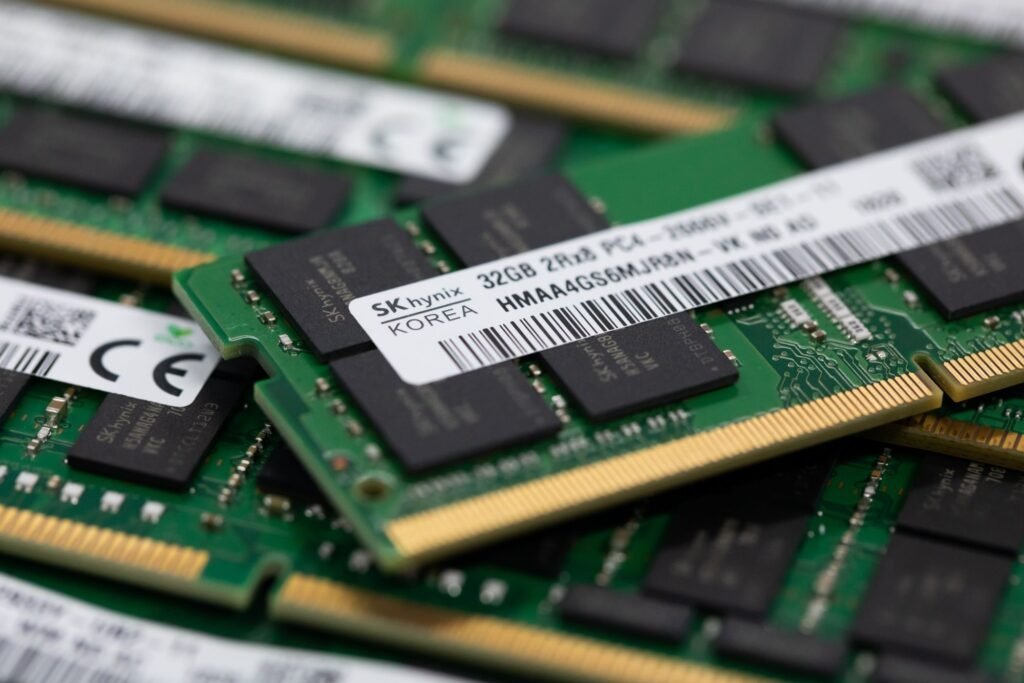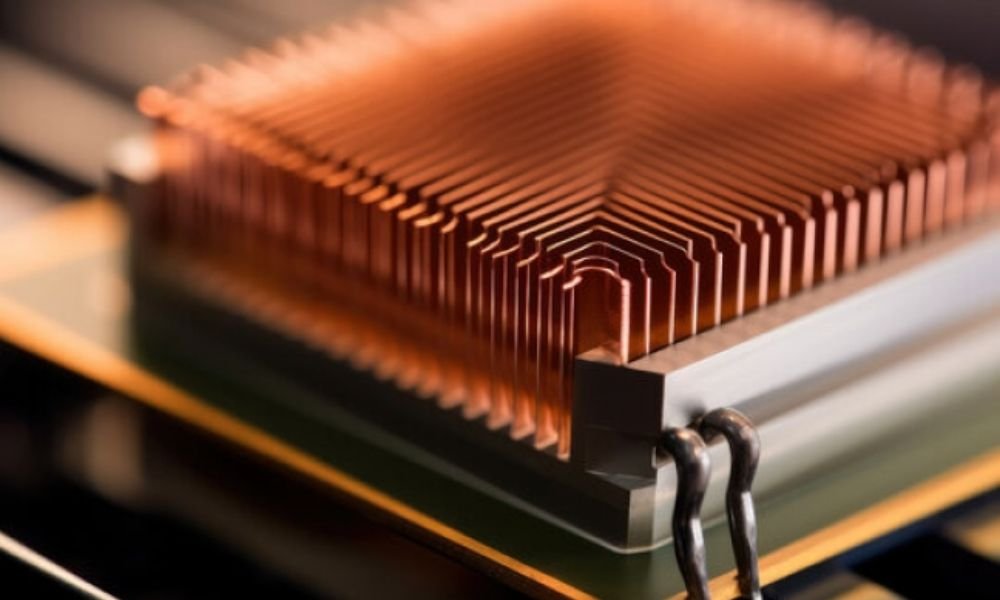When building or upgrading your PC, it is essential to choose the best RAM (Random Access Memory) to ensure optimal performance. RAM plays a crucial role in the overall functioning of your computer, providing quick access to data and improving processing speed. In this article, we'll guide you through the essential steps to choosing the best RAM for your PC , taking into account your specific needs and the latest technology trends.
Buy at least two sticks

When you choose your RAM, always opt for at least two sticks rather than just one. For what ? Because most motherboards use technology called " Dual Channel " which allows faster communication between RAM and the processor. With two or more sticks, you can fully exploit this feature, which results in improved overall performance of your system.
Check memory times
Memory timings, also known as latency, measured in CL ( Cas Latency ), are another important aspect to consider when choosing RAM for your PC. Memory timings indicate how long it takes for RAM to access data. The lower the memory timings, the better the RAM performance.
Basically, this means that lower latencies indicate faster RAM . Memory times are usually given as numbers, such as CL14 or CL16 . Look for low memory timings for optimal performance.
RAM type: DDR3, DDR4 and DDR5, what's the difference?

The most common types of RAM today are DDR3 , DDR4 , and DDR5 . Each type differs in speed and compatibility with motherboards. DDR3 is the older, lower-performing technology, while DDR4 is the current standard, offering higher speeds and better power efficiency.
DDR5, the latest in RAM technology, offers even faster speeds and increased bandwidth , but it's also newer and more expensive.
You might like this article: The Best 16go ddr4 Ram!
Check speed/capacity
Speed and capacity are two other essential factors to consider when choosing RAM for your PC.
RAM speed, measured in megahertz (MHz), determines how quickly data can be transferred between the RAM and the processor. Higher speed means faster performance. However, make sure the RAM speed is compatible with your motherboard, as some motherboards have speed limitations. Standard RAM speeds today range from 2,666 MHz to 4,000 MHz .
Regarding capacity, it is recommended to choose RAM with sufficient capacity to meet your current and future needs. If you use your PC for memory-intensive tasks, such as video editing or gaming, go for a higher capacity. A capacity of 16 GB or more is generally recommended for demanding users.
Heatsinks don't matter

Contrary to popular belief, heat sinks on RAM modules generally have little impact on performance for normal use. Unless you plan to overclock your RAM , you can ignore this factor.
When choosing RAM for your PC, you may encounter options with or without heatsinks. Heatsinks are designed to help dissipate heat generated by RAM , which can be beneficial in intensive work environments.
So, for most users, heatsinks are not of significant importance . Most RAM sticks work well without heatsinks, as long as your overall cooling system is adequate.
Conclusion
RAM is an essential component of your PC that plays a crucial role in its overall performance. By choosing RAM that fits your needs and budget, you're investing in a smoother, more responsive, and more enjoyable computing experience.




